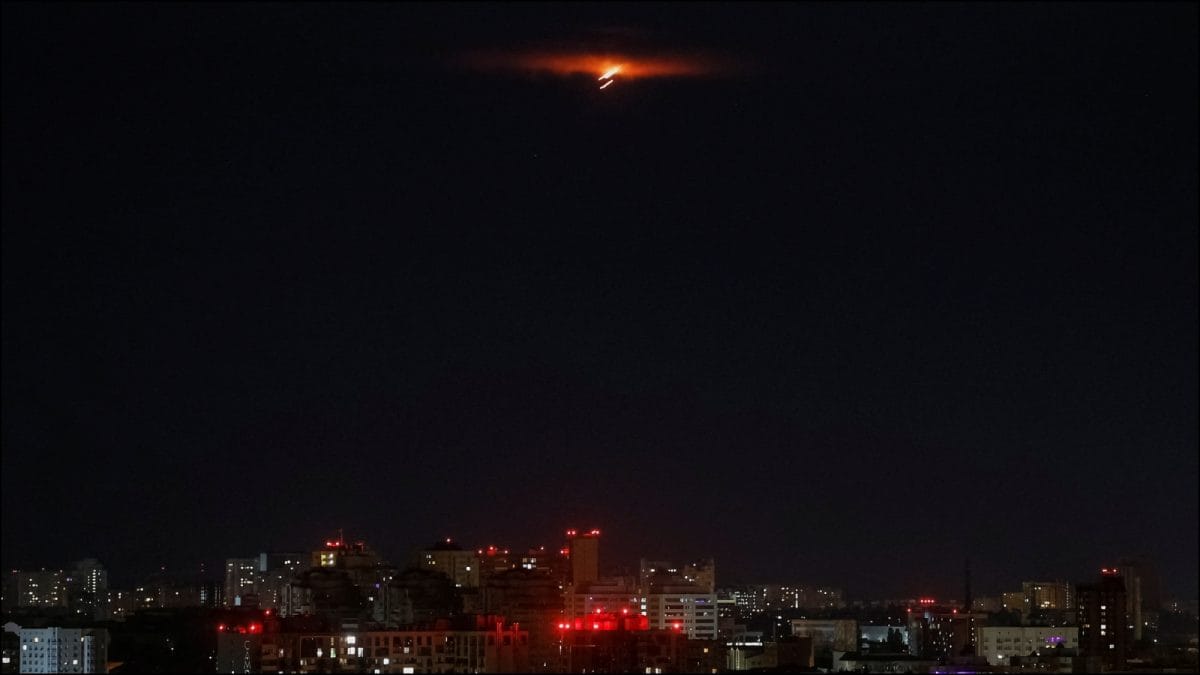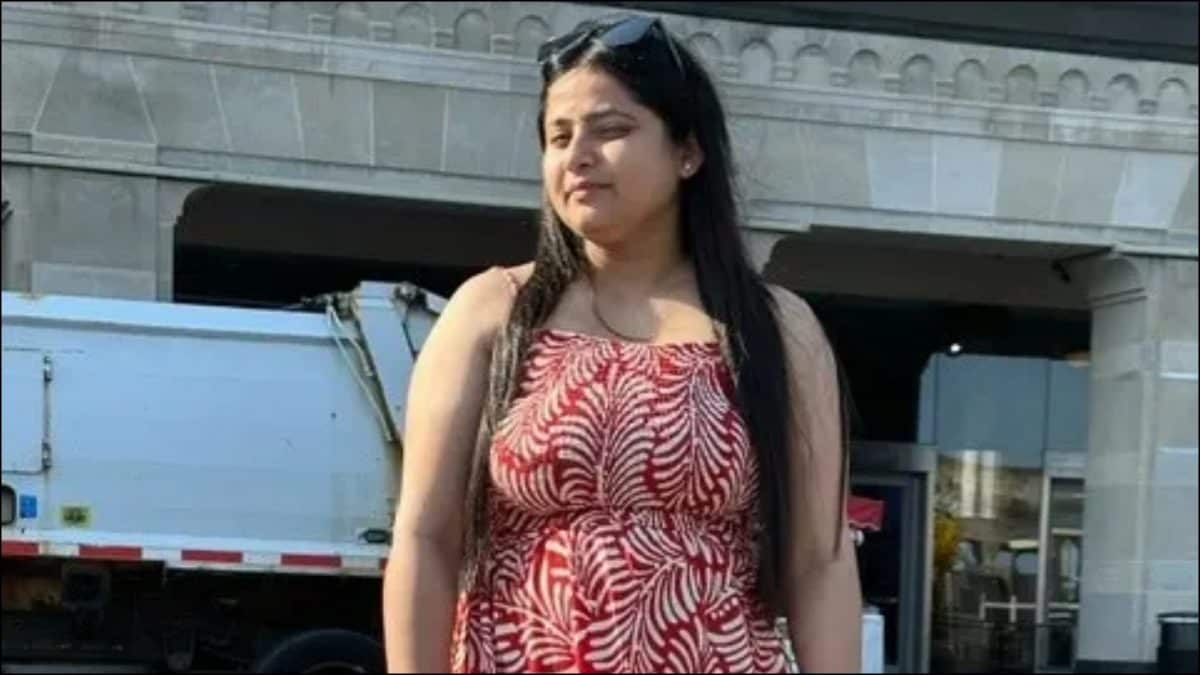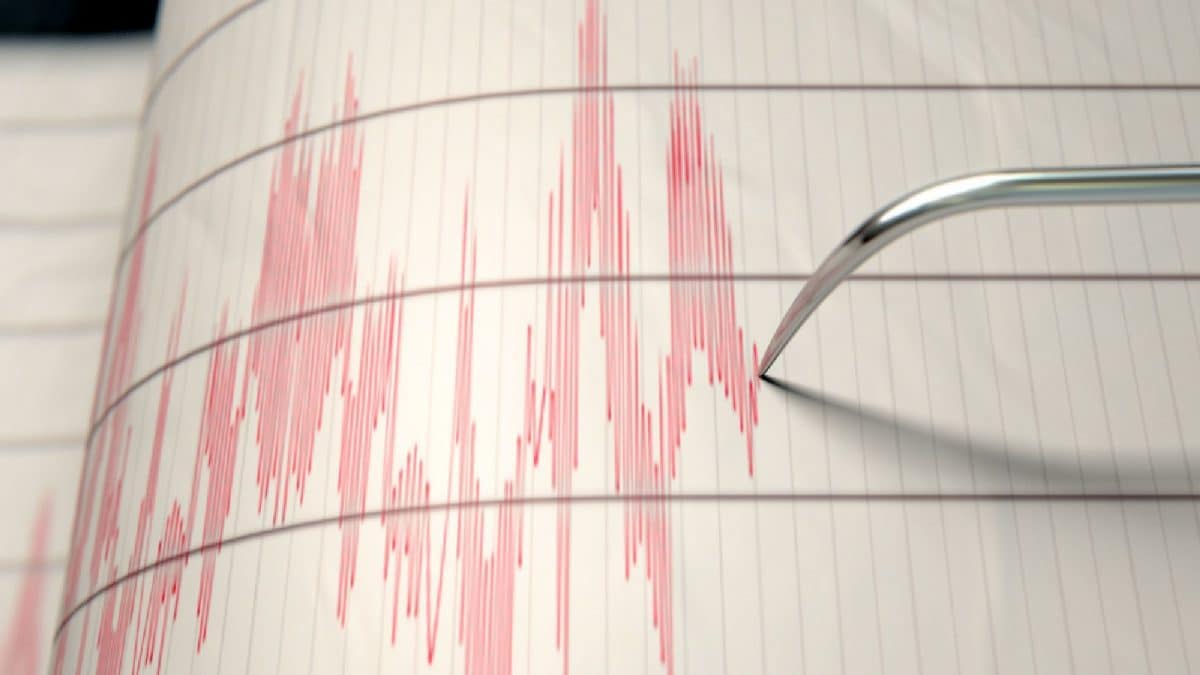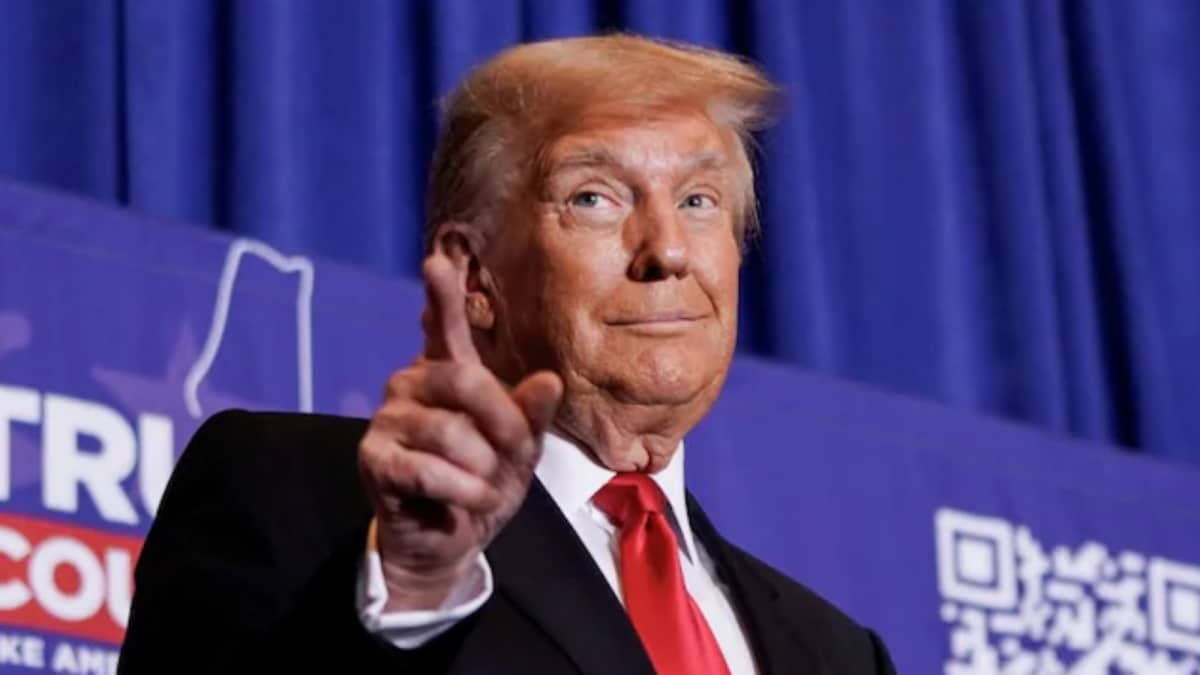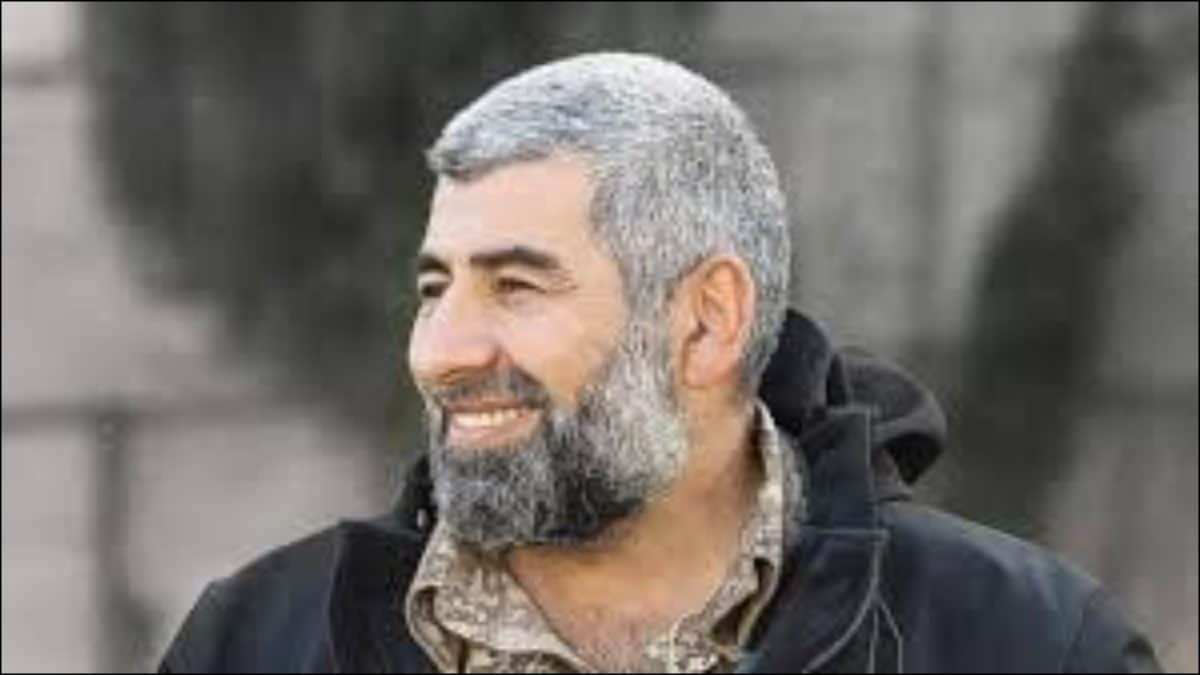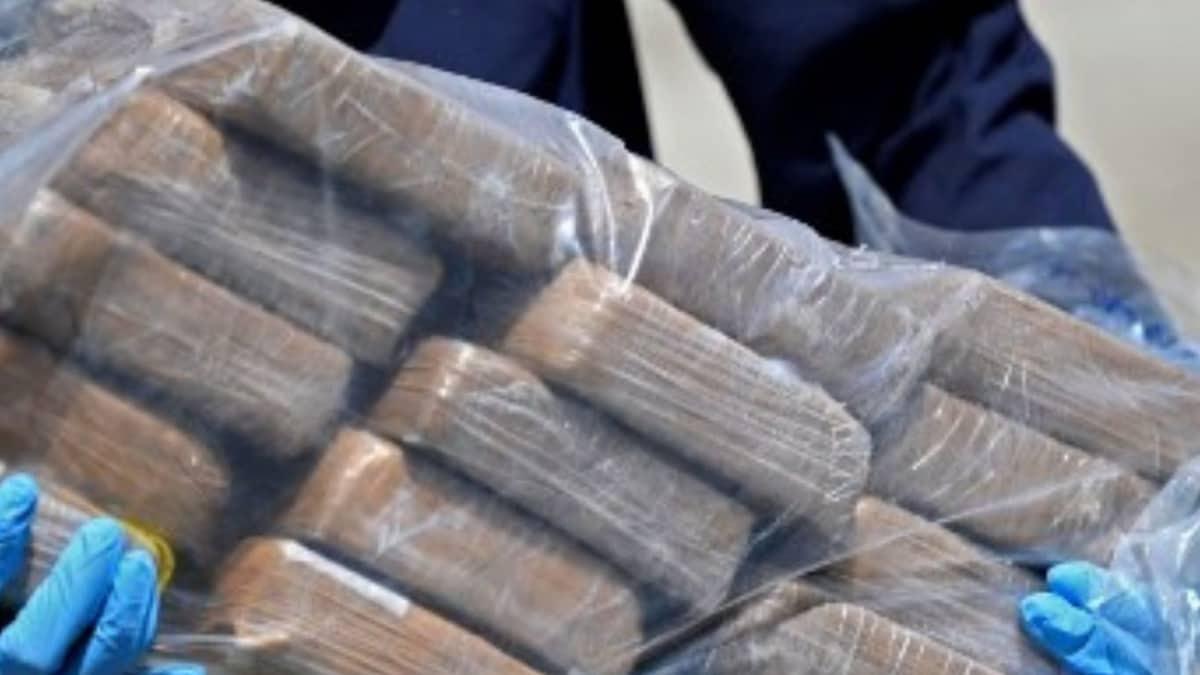Last Updated:May 03, 2025, 08:12 IST
If the trend of votes shifting away from major parties that was evident at the 2022 election continued at Saturday's election, the result could be a rare minority government

Party leaders usually concede defeat and claim victory on election day. But in the last minority government, key independent lawmakers announced they would support a Labour administration 17 days after the polls closed. (Photo: AP/PTI)
Polls opened in Australia’s general election on Saturday with high costs of living and a shortage of housing major issues in the campaign.
Voting across the nation the size of three times zones spanning two hours will continue from 8 am (22.00 GMT Friday) until 6 pm (08.00 GMT Saturday) in eastern Australia. The polls open and close two hours later on the West Coast. Authorities said 8.6 million ballots from Australia’s 18.1 million registered voters had already been cast, but not counted, before Saturday since early and postal voting began on April 22.
Australia is among the few countries where voting is compulsory, a system that leans toward creating centrist governments. At the last election in 2022, 90 per cent of eligible voters cast ballots.
Prime Minister Anthony Albanese’s centre-left Labour Party is seeking a second three-year term.
His opponent, conservative opposition leader Peter Dutton, wants to become the first political leader to oust a first-term government since 1931, when Australians were reeling from the Great Depression.
The election is taking place against a backdrop of what both sides of politics describe as a cost of living crisis.
Soaring prices are a big headache Annual inflation peaked at 7.8 per cent a year after Labour was elected in 2022. The central bank’s benchmark interest rate rose from a record low 0.1 per cent to 0.35 per cent two weeks before the government changed. The rate has been raised a dozen times since then, peaking at 4.35 per cent in November 2023.
The central bank reduced the inflation rate by a quarter percentage point in February to 4.1 per cent in an indication that the worst of the financial hardship had passed. The rate is widely expected to be cut again at the bank’s next board meeting on May 20 due to international economic uncertainty generated by US President Donald Trump’s tariff policies.
Housing prices and rents have also soared as builders have gone broke because of inflation absorbing profit margins.
Could the election produce a minority government? Going into the election, Labour held a narrow majority of 78 seats in the 151-seat House of Representatives, the lower chamber where parties form governments. There will be 150 seats in the next parliament due to redistributions.
Dutton’s conservative alliance of parties known as the Liberal- Coalition held 53 seats in the last parliament, and a record-high 19 lawmakers were not aligned to either the government or the opposition.
Monash University political scientist Zareh Ghazarian said the major parties were gaining a smaller proportion of the votes at each election in recent decades, which was benefitting independent candidates and those representing minor partes.
If the trend of votes shifting away from major parties that was evident at the 2022 election continued at Saturday’s election, the result could be a rare minority government.
There was a minority government during World War II and the next was during a three-year term after the 2010 election.
“This election’s going to be a real test of whether what we saw in 2022 is a sign of things to come, or whether the ’22 election was just a one-off flash in the pan," Ghazarian said.
Party leaders usually concede defeat and claim victory on election day. But in the last minority government, key independent lawmakers announced they would support a Labour administration 17 days after the polls closed.
Changing demographics Both campaigns have focused on Australia’s changing demographics. The election is the first in Australia in which Baby Boomers, born between born between the end of World War II and 1964, are outnumbered by younger voters.
Both campaigns promised policies to help first-home buyers buy into a property market that is too expensive for many.
A major point of difference is energy. The opposition has promised to build seven government-funded nuclear power plants across Australia that would begin generating electricity from 2035.
Gas-fired electricity would fill the gap between aging coal-fired plants closing and nuclear generators taking their place.
Labour plans to have 82 per cent of Australia’s energy grid powered by renewables including solar and wind turbines by 2030 and to rely less on gas.
WikiLeaks founder endorses Albanese On the eve of the election, Albanese received the endorsement of WikiLeaks founder Julian Assange, who said the Labour leader “did more to secure my freedom than any other politician or public figure," including the late Pope Francis.
The remarks, posted to the social platform X by Assange’s brother Gabriel Shipton, were his first on Australian domestic matters since he was released from a British prison last June and returned to his homeland after a plea deal that ended US prosecutors’ attempts to extradite him for publishing military secrets.
Albanese “stood up to" the US over the case, Assange said, and his government had “proven itself unusually capable of rescuing Australians caught up in sensitive political situations." The endorsement was unusual from Assange, who has been scathing about Australian politicians before. Albanese Friday night downplayed the endorsement, saying it was “a matter for Mr. Assange" and that it was “a good thing" the WikiLeaks founder was now able to be with his family.
(This story has not been edited by News18 staff and is published from a syndicated news agency feed - PTI)Location :Canberra, Australia
First Published:News world Australia Elections 2025: Voting Begins In Poll With High Prices, Shortage Of Housing Major Issues

 1 month ago
1 month ago

